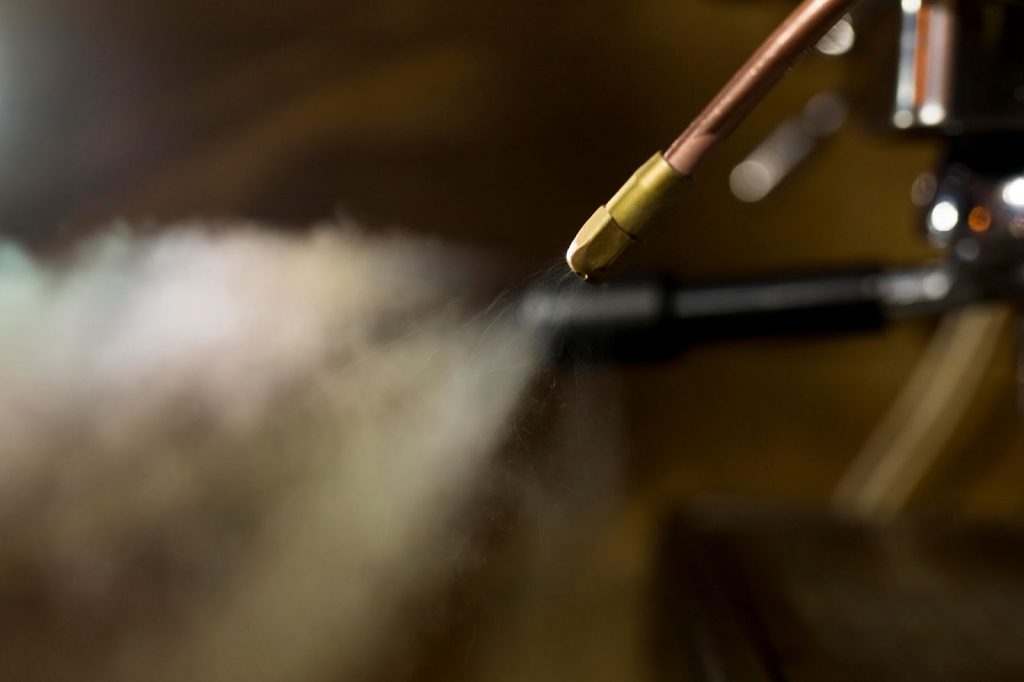
The wind energy sector is experiencing unprecedented growth, and with it comes a challenge that’s keeping industry leaders awake at night: where on earth will we find enough qualified technicians to keep these towering turbines spinning?
At Rope Access in London (RAIL), we’ve witnessed firsthand the seismic shift occurring in the global labour market. The numbers are staggering: industry projections suggest we’ll need over 300,000 additional wind technicians globally by 2027, and that’s a conservative estimate.
It’s about real people with specialised skills — electricians, welders, painters, and cleaners — who are comfortable working at dizzying heights and in challenging conditions.
The wind industry requires this exact combination of technical expertise and head-for-heights courage, which is why the demand for qualified professionals is reaching fever pitch.
Why Is the Wind Industry Creating Such High Demand for Skilled Technicians?
Let’s address the elephant in the room. The renewable energy transition isn’t a distant dream anymore; it’s happening right now, and at breakneck speed.
Governments worldwide have committed to aggressive decarbonisation targets, with many aiming for net-zero emissions by 2050.
Wind energy sits at the heart of these strategies, particularly offshore wind, which offers enormous potential but requires significantly more maintenance than its onshore counterpart.
The Offshore Wind Boom
Offshore wind farms are sprouting up along coastlines from the North Sea to the South China Sea. Modern offshore turbines can reach heights of over 260 metres with blade spans longer than football pitches.
At RAIL, we’ve adapted our rope access techniques, honed through years of cladding installation and building surveying on London’s tallest structures, to meet the unique challenges these offshore installations present.
The maintenance cycle for offshore turbines is relentless. Salt spray corrodes components, extreme weather batters exposed parts, and the sheer mechanical stress of continuous operation means something always needs checking, repairing, or replacing. It creates year-round demand for technicians with diverse skill sets.
The Lifespan Reality
As the first generation of wind farms ages, we’re entering a critical maintenance phase. Turbines installed in the early 2000s are now requiring major component replacements — gearboxes, generators, and blade repairs.
This is creating what industry insiders call the “maintenance wave,” and it’s hitting at precisely the same time as massive new installations are coming online.
What Skills Will Be Most Valuable in the Wind Energy Sector by 2027?
The wind technician of 2027 isn’t a single-skilled tradesperson. They’re more like Swiss Army knives — versatile, adaptable, and equipped with multiple competencies.
Having trained our own rope access teams across various disciplines, we recognise that the future belongs to multi-skilled technicians who can troubleshoot diverse problems without requiring a specialist for every minor issue.
Electrical Expertise
Electricians are the rock stars of the wind energy world, and their value is only increasing. Modern wind turbines are essentially giant electrical generators controlled by sophisticated computer systems.
When something goes wrong — and it will — you need electricians who understand both traditional electrical work and modern control systems.
The electrical systems in offshore turbines are particularly challenging because they must withstand salt water exposure, extreme temperature fluctuations, and constant vibration. This requires electricians with specialised knowledge of marine-grade components and protective systems.
Welding and Fabrication Prowess
Welders in the wind industry face unique challenges. Turbine towers and foundations require precision welds that must withstand enormous structural loads and fatigue cycling.
Offshore structures, in particular, demand welders who can work in confined spaces, at height, and often in less-than-ideal weather conditions. The welding must meet exacting standards because failure isn’t an option when you’re talking about structures valued at millions of pounds sitting in the middle of the ocean.
The best welders combine technical excellence with spatial awareness, safety consciousness, and the mental fortitude to work in challenging positions.
Coating and Cleaning Specialists
Here’s where many industry forecasts fall short: they focus on electricians and mechanical engineers whilst overlooking the critical roles of painters and cleaners. In reality, protective coatings are absolutely vital for wind turbine longevity.
The painters who’ll thrive in the wind industry understand surface preparation, can apply coatings in challenging weather windows, and recognise that their work directly impacts the operational lifespan of multi-million-pound assets.
Similarly, cleaners in the wind sector aren’t just tidying up — they’re performing essential maintenance. Blade cleaning improves efficiency, whilst regular cleaning of nacelle components prevents premature wear and allows for early identification of potential failures.

How Are Companies Adapting Their Training Programmes to Meet This Demand?
The skills gap isn’t news to industry leaders, but the solutions remain frustratingly elusive. Traditional training pathways can’t produce qualified technicians quickly enough, leading to creative approaches that blend formal education with practical, on-the-job learning.
Cross-Industry Skills Transfer
One of the most promising developments is the recognition that skills are transferable between industries. Many companies are taking technicians trained in commercial building maintenance, glazing, and waterproofing and transitioning them to industrial applications like wind turbine servicing.
The rope access skills are identical — whether you’re installing cladding on a 40-storey tower or accessing the nacelle of an offshore turbine, you’re using the same techniques and safety protocols.
The GWO Revolution
The Global Wind Organisation (GWO) has standardised safety training across the wind industry, creating a passport-style system that’s recognised internationally. This has been transformative, allowing technicians to move between projects and countries without constantly recertifying.
Apprenticeships and Fast-Track Programmes
Recognising the urgency, many countries are launching accelerated training programmes that combine classroom learning with extensive practical experience. These aren’t your traditional three-year apprenticeships — they’re intensive, focused programmes designed to produce job-ready technicians in 12-18 months.
The most successful programmes recognise that wind technicians need both breadth and depth — they must understand multiple systems whilst having deep expertise in at least one specialty.
The Global Competition for Talent
Make no mistake — we’re in a global talent war. Countries with ambitious wind energy targets are competing fiercely for qualified technicians, and this competition is driving wages upward whilst creating opportunities for international mobility.
How do you retain skilled workers when demand so vastly exceeds supply?
The answer lies in career development, working conditions, and recognition. Technicians need to see not just good pay — though that’s certainly important — but also opportunities for skills development, reasonable work-life balance, and recognition of their crucial role in the energy transition.
Companies that treat technicians as interchangeable components will struggle; those that invest in their workforce will thrive.
The Bottom Line
The global shortage of wind technicians by 2027 represents one of the renewable energy sector’s most significant challenges, but it’s also an extraordinary opportunity. For skilled tradespeople, it’s a chance to be part of the energy transition whilst enjoying job security and competitive compensation.
As we look toward 2027 and beyond, we’re confident that the wind industry will meet its workforce needs through sustained investment in people, recognition of transferable skills, and a shared commitment to building a sustainable energy future.
The technicians are out there; we just need to train them, support them, and give them the tools to succeed.


















